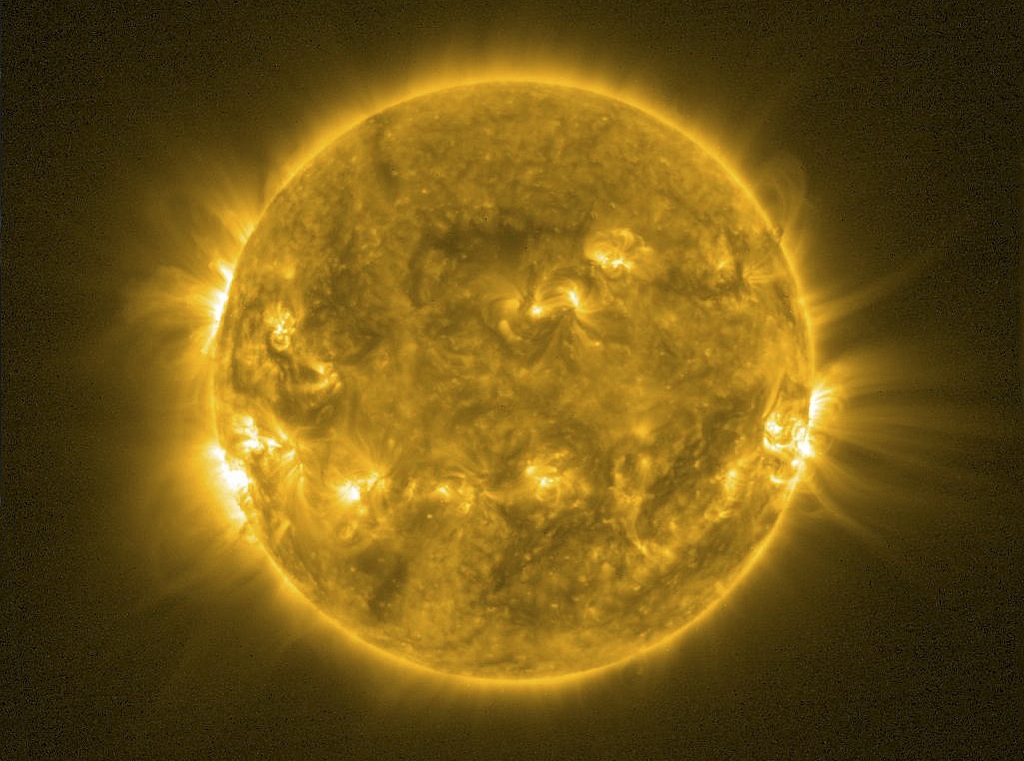How Hot Is the Sun?

The sun, a massive nuclear-powered source of energy at the center of the solar system, generates the heat and light that sustain life on Earth. But how hot is the sun?
The answer is different for each part of the sun. Arranged in layers, the sun varies in temperature: It is hottest at its center, and cooler in its outer layers — until it strangely reheats at the fringes of the sun's atmosphere.
At the sun's core, gravity causes intense pressure, and temperatures of up to 27 million degrees Fahrenheit (15 million degrees Celsius). This generates the nuclear fusion responsible for the star's energy.
That energy then radiates outward in the sun's inner radiative zone, which lacks the heat and pressure to cause fusion. In that zone, temperatures drop from 12.6 million to 3.6 million F (7 million to 2 million C). In the next zone, called the convective zone, plasma bubbles carry heat to the surface. This zone hits about 3.6 million F.
Next, energy reaches the surface of the sun, or photosphere, producing the light visible from Earth, and a comparatively chilly 10,000 F (5,500 C ).
For unknown reasons, however, temperatures rise again in the sun's atmosphere, hitting up to 3.6 million F in the star's outermost corona.
Follow Michael Dhar @michaeldhar. Follow LiveScience @livescience. We're also on Facebook & Google+.
Get the world’s most fascinating discoveries delivered straight to your inbox.

Michael Dhar is a science editor and writer based in Chicago. He has an MS in bioinformatics from NYU Tandon School of Engineering, an MA in English literature from Columbia University and a BA in English from the University of Iowa. He has written about health and science for Live Science, Scientific American, Space.com, The Fix, Earth.com and others and has edited for the American Medical Association and other organizations.



